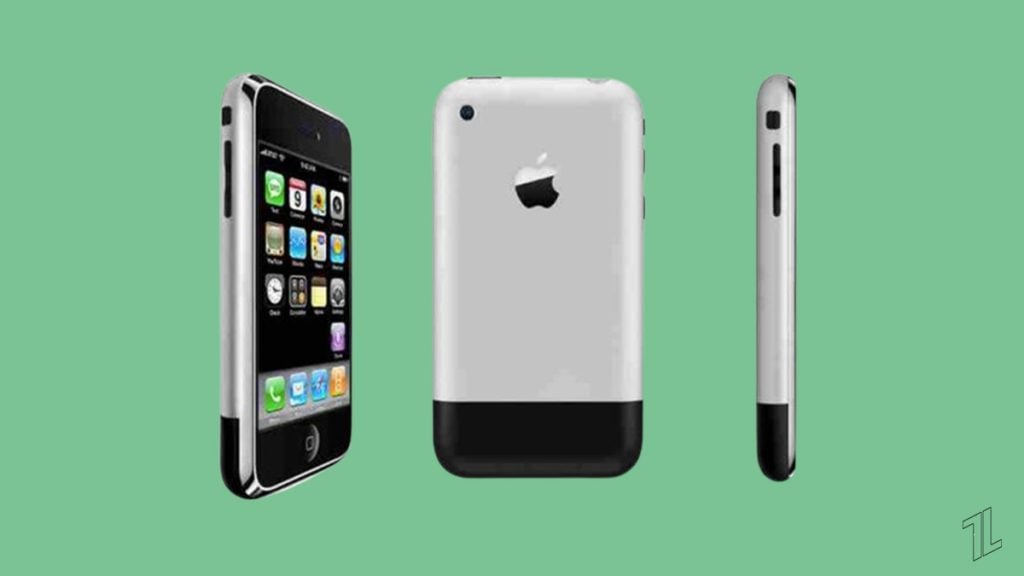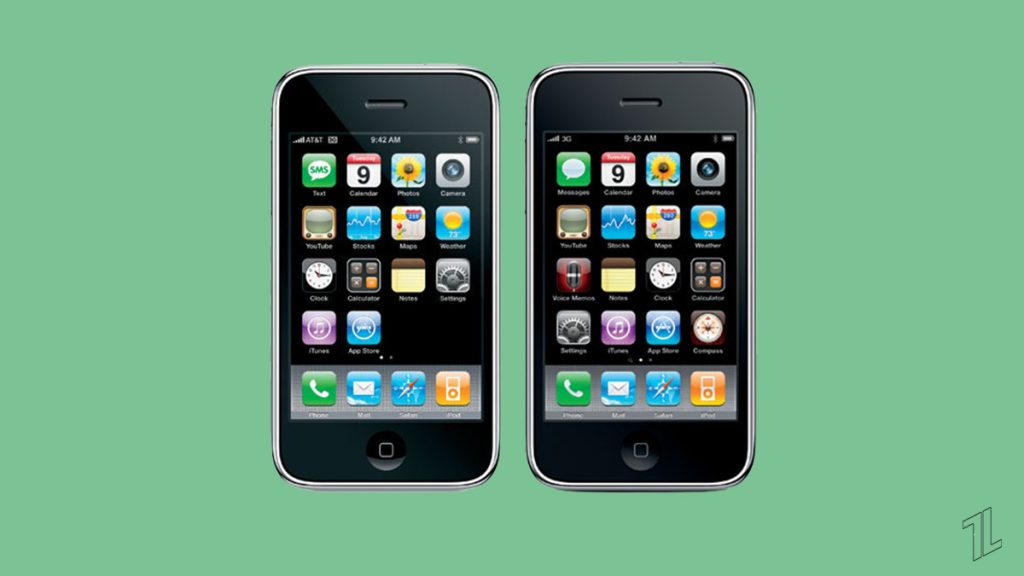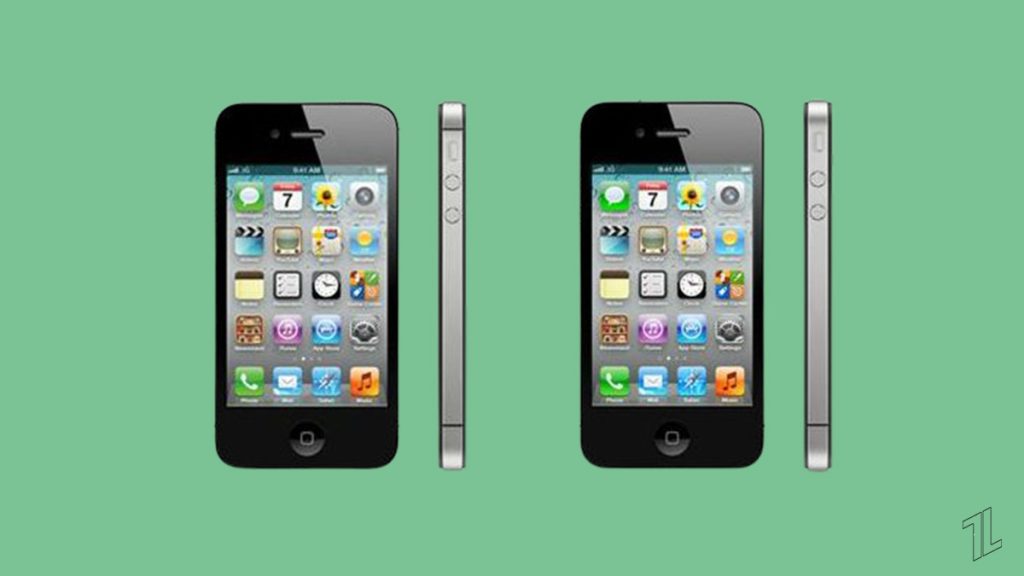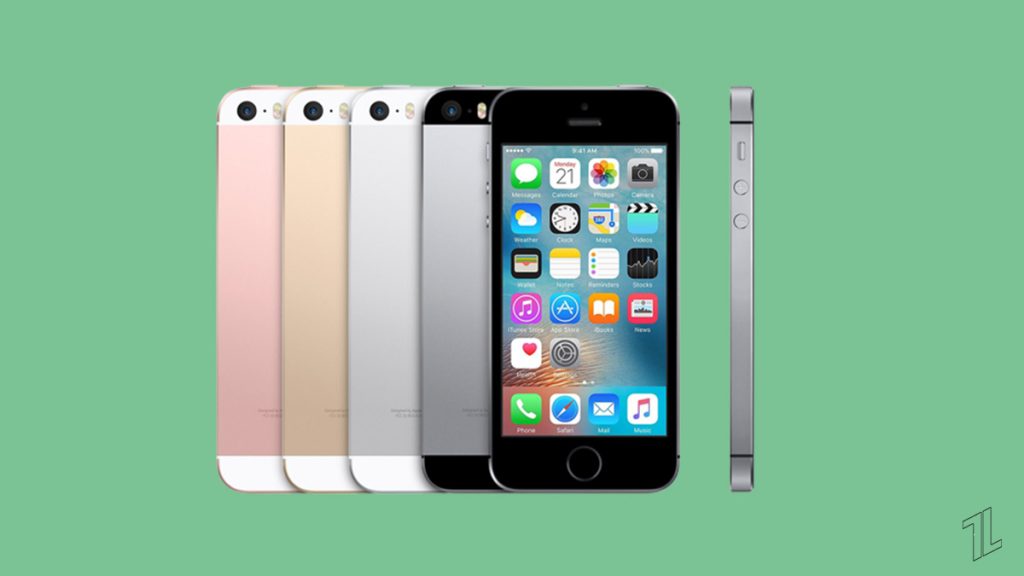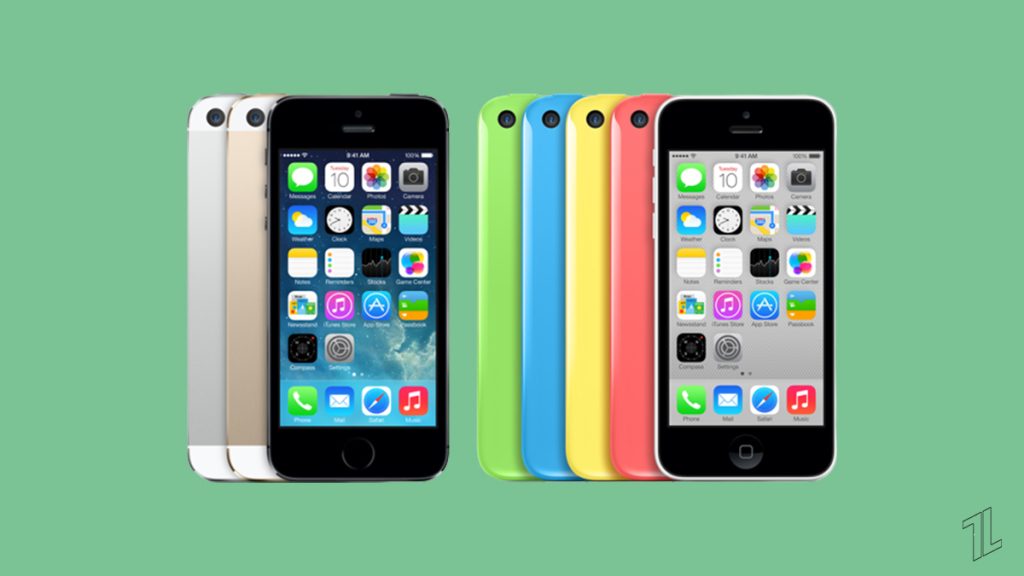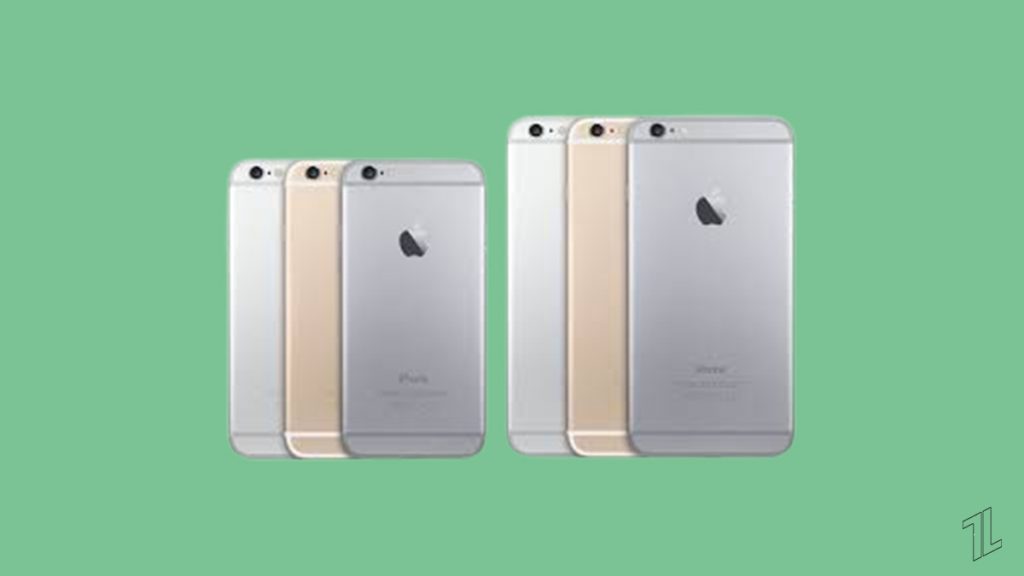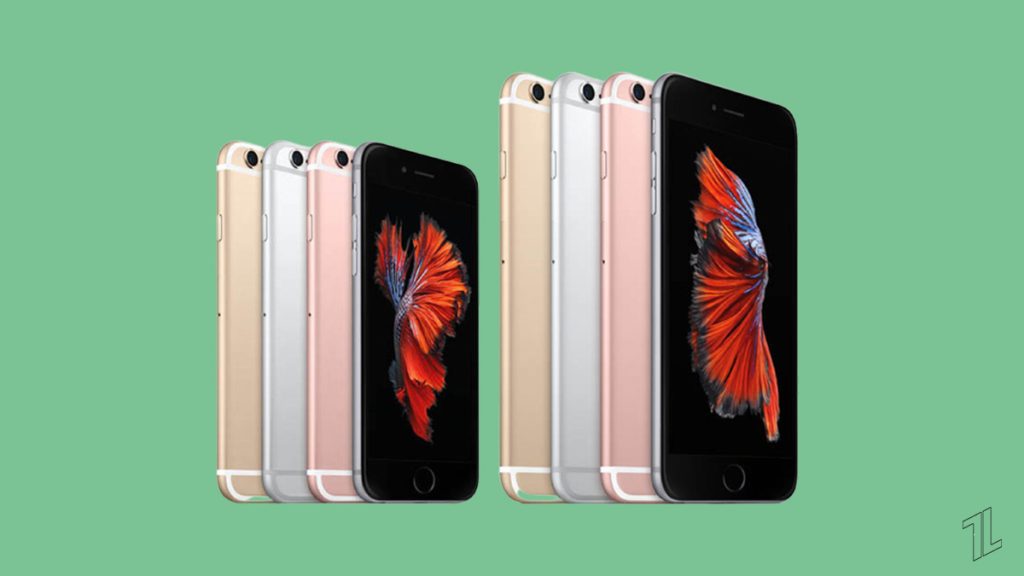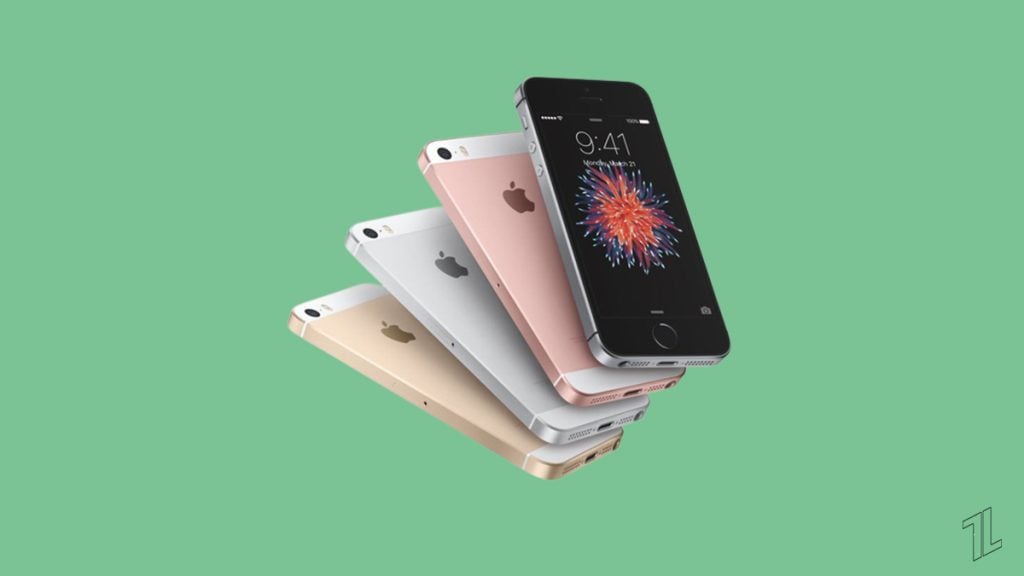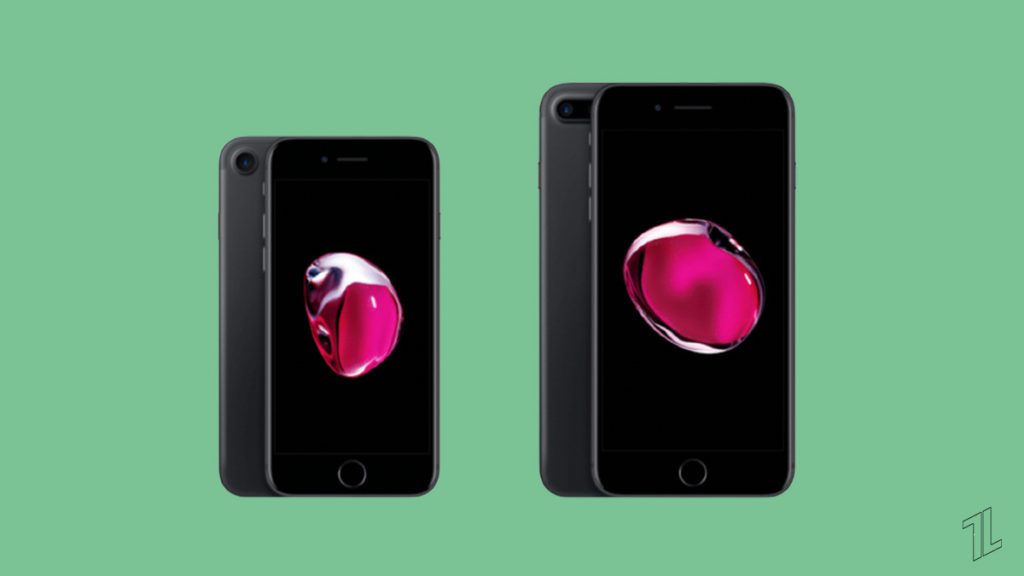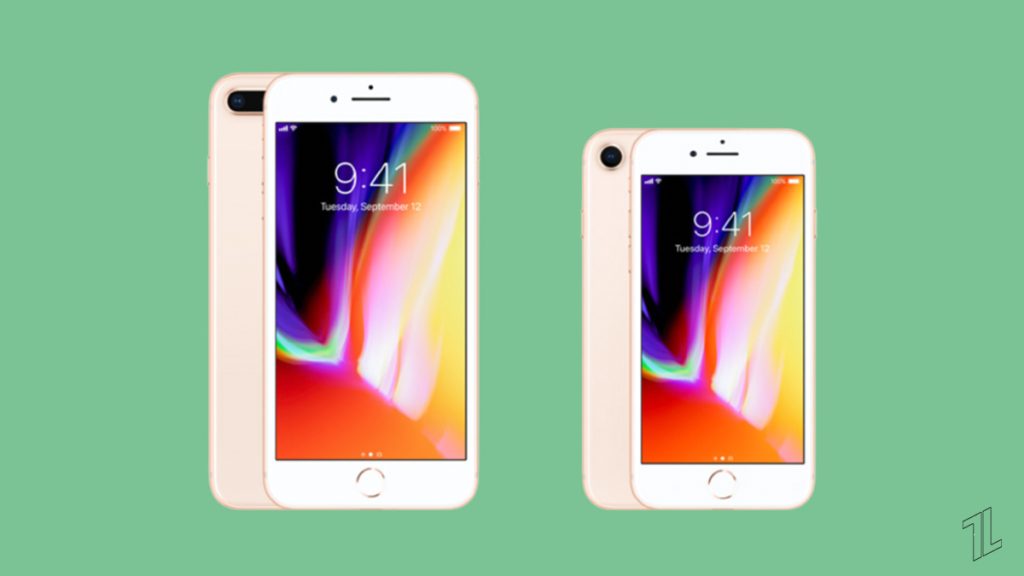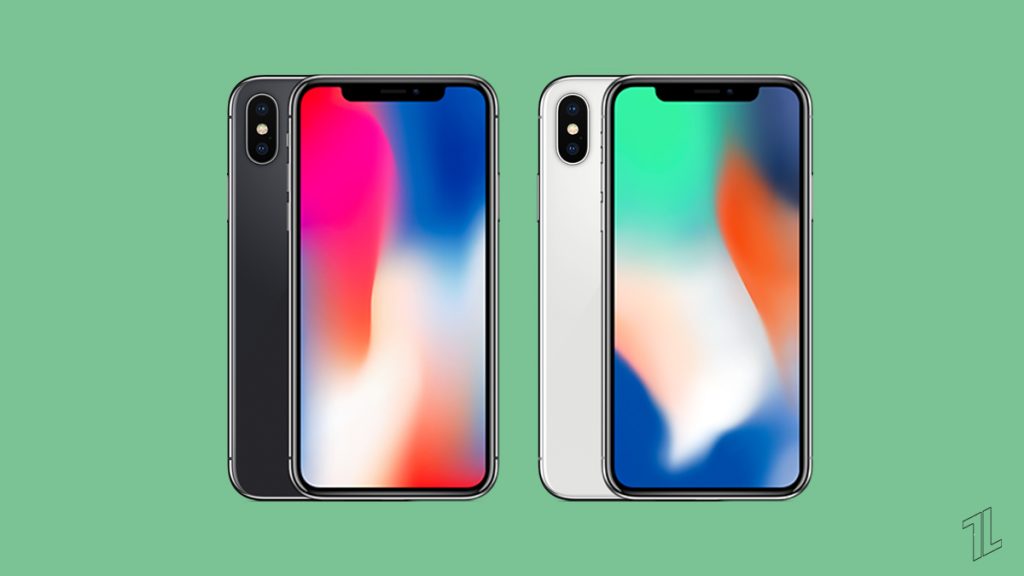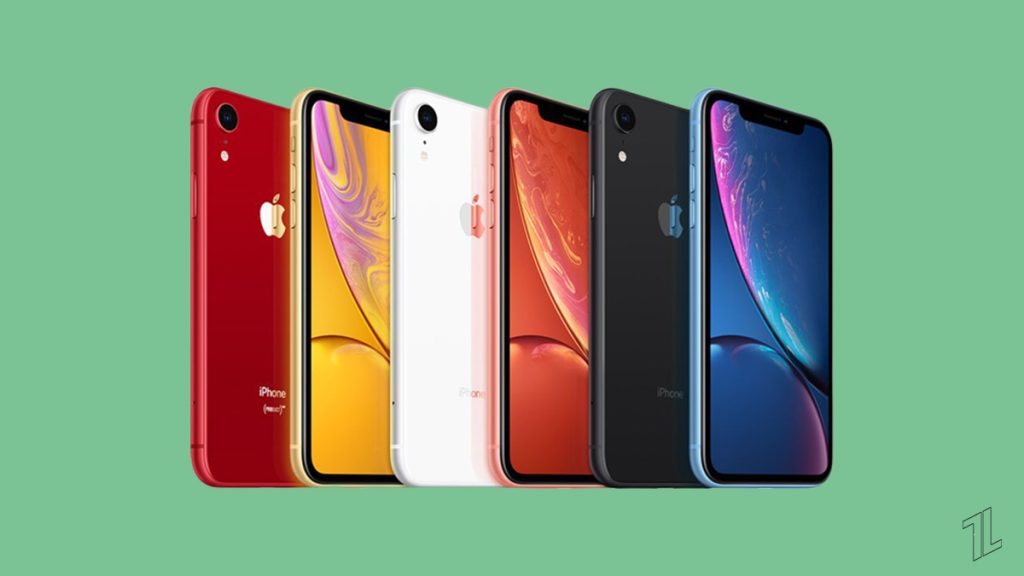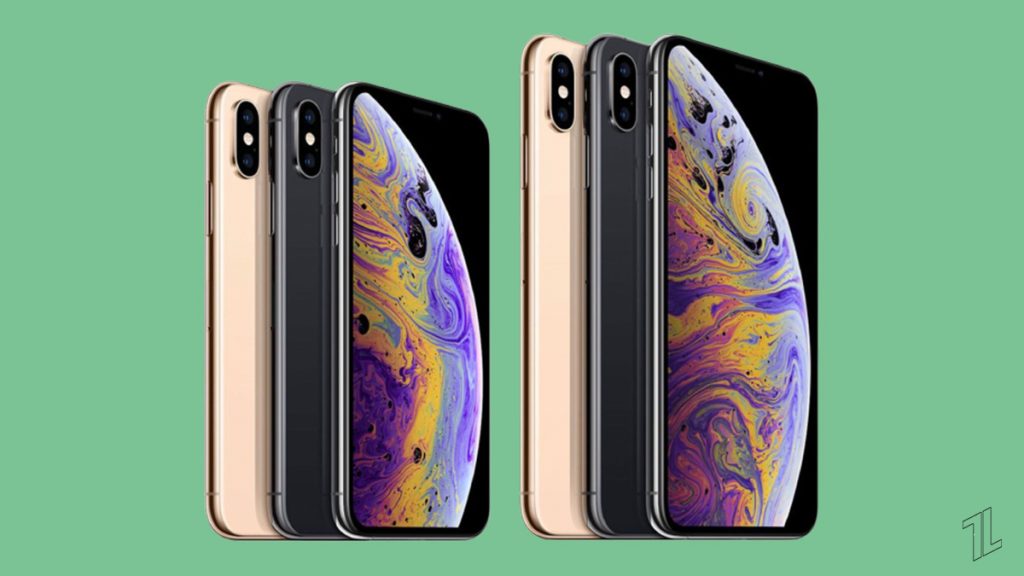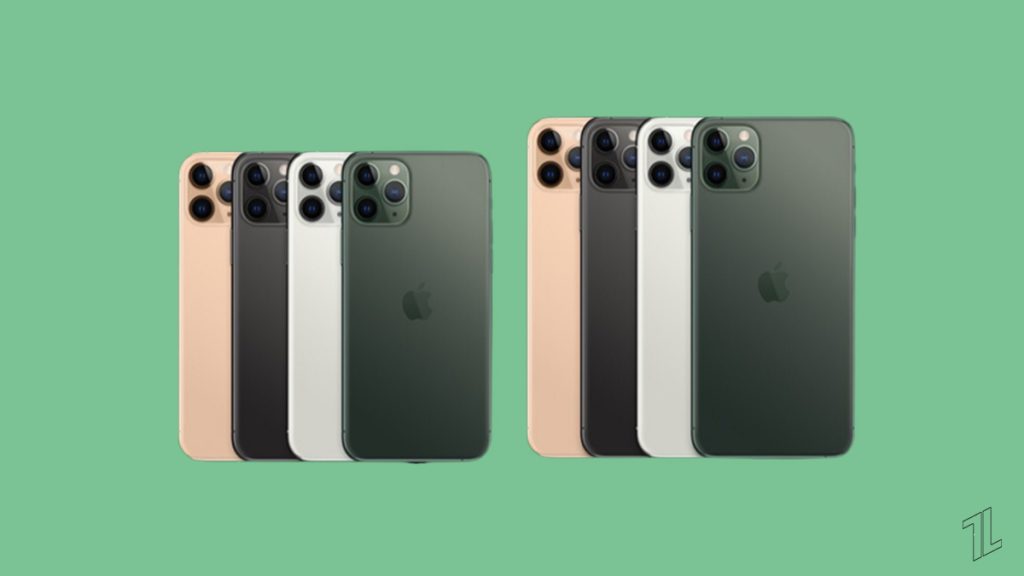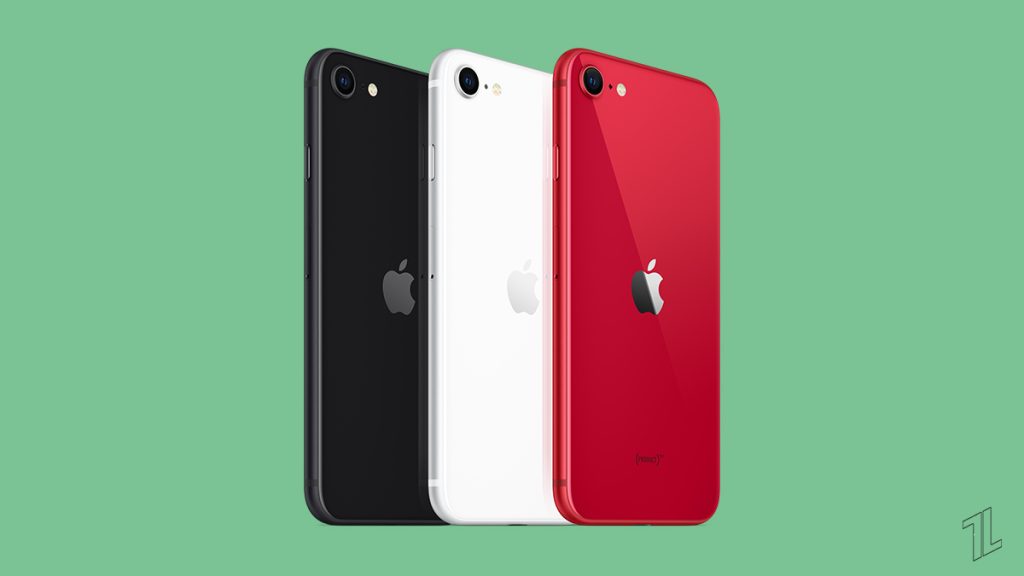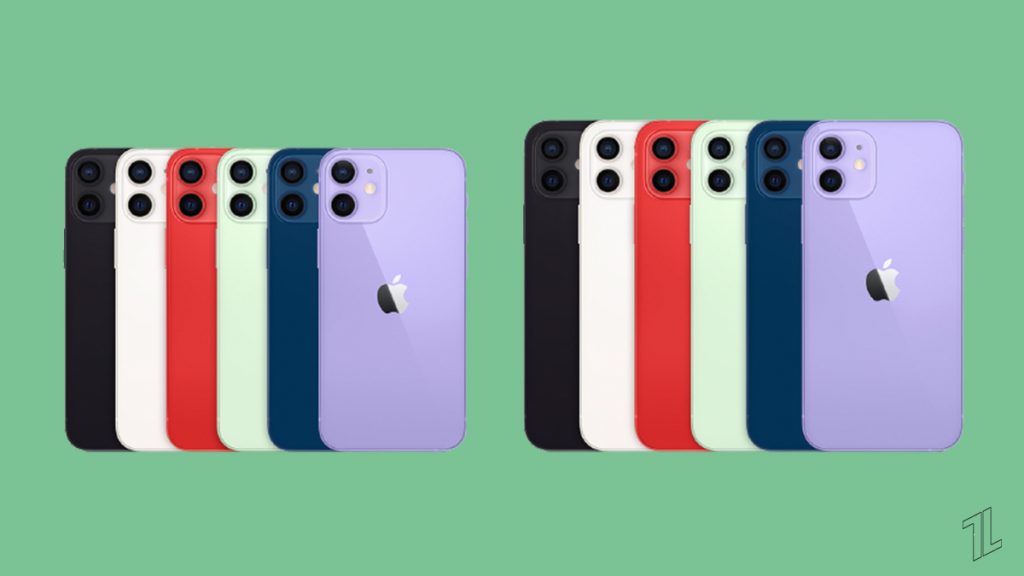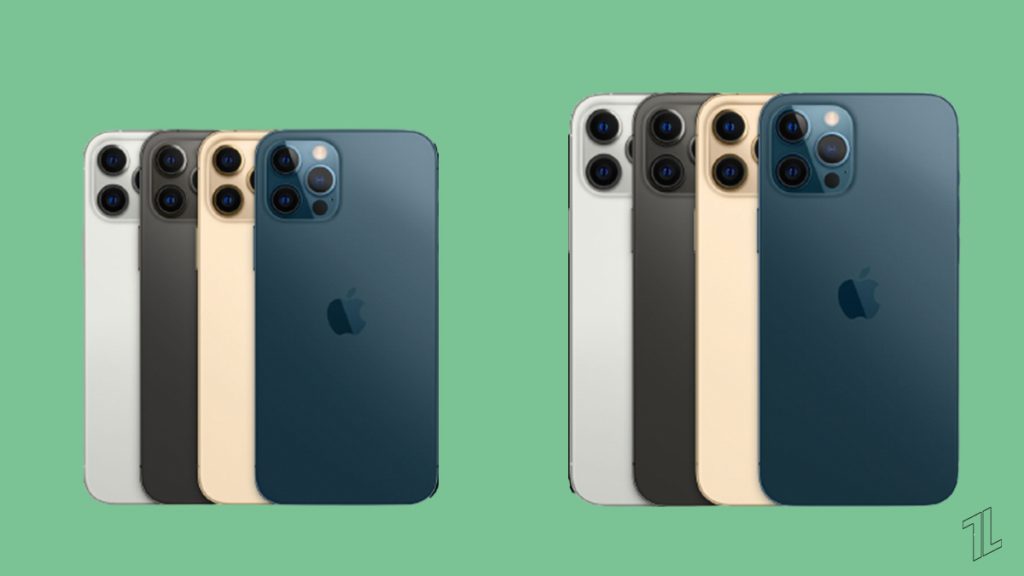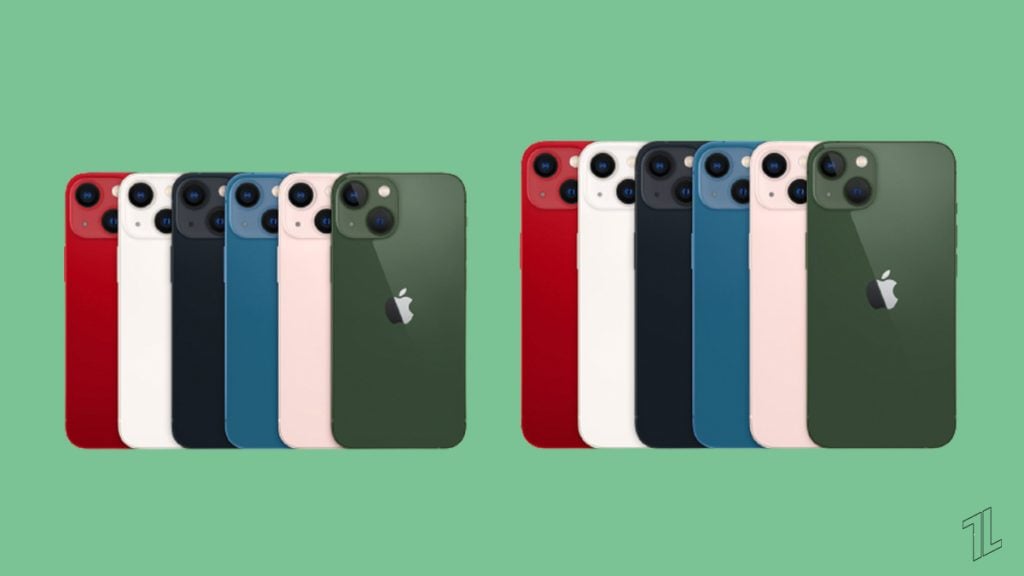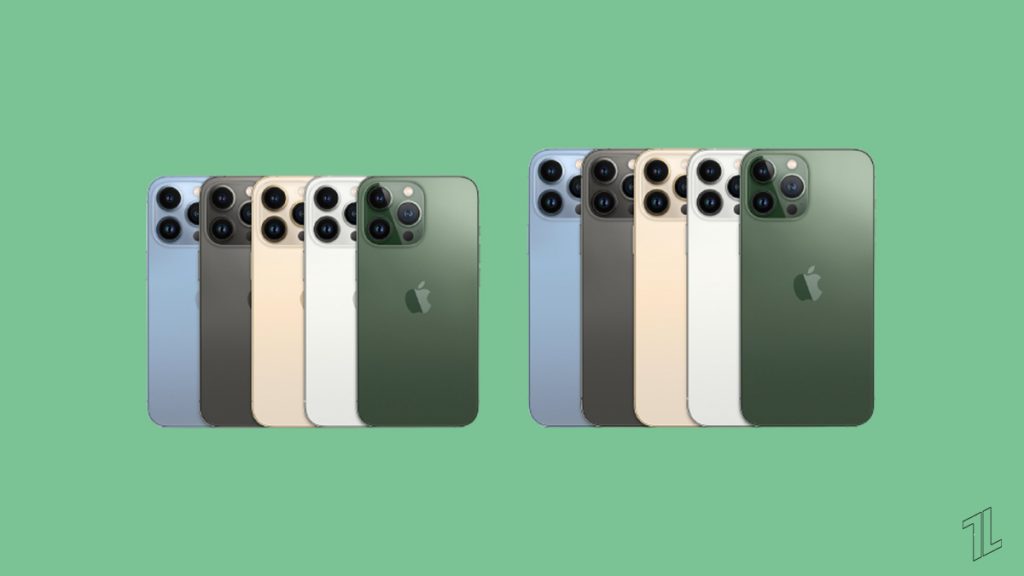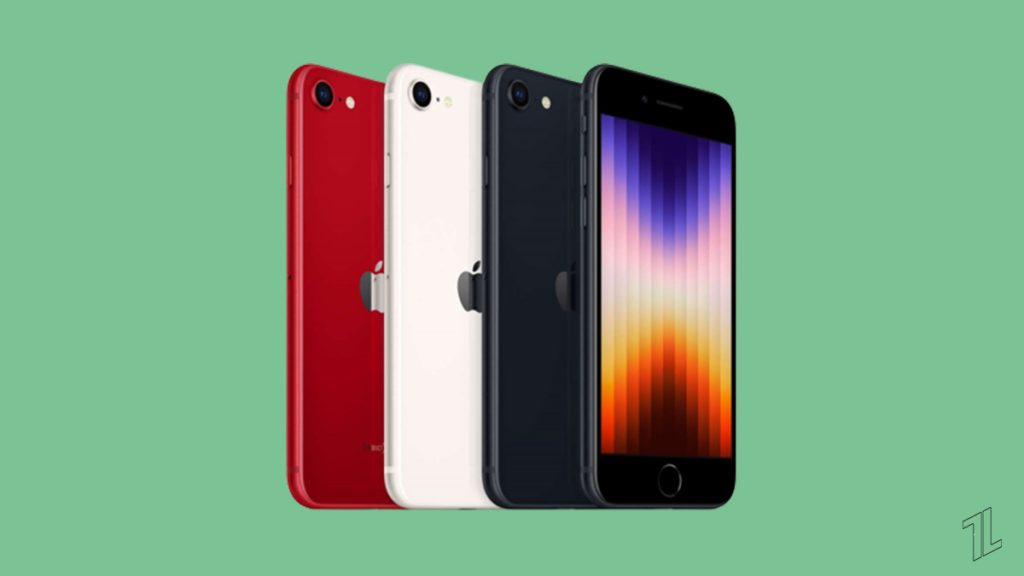Initially, Apple aimed towards modifying the mouse into something that the user can control through its fingers in a far better way. It made a tablet-like interface to make a debut in the market in 2003. The interface featured finger-control and was named Model 035. The users got the features of pinching, scrolling, and zooming, which were absent in computers at that time. Unfortunately, the device had a short lifespan in the market. iPods have existed in the market since 2001 and gathered a huge number of customers in a short time. As a result, its sales became a significant revenue generator as Apple sold approximately its 400 million units. In addition, the firm worked towards escalating mobile phones to the next generation before their competitors as they were aware that iPods would not have a promising future for a long time. At first, Apple paired up with Motorola to launch the mobile Rokr E1 that had iTunes installed. The users could store the songs and play them whenever they wanted. However, due to some significant limitations like storing only 100 songs, cumbersome navigation, and a slow uploading rate, it didn’t get much attention from the users.
Complete iPhone List with Specifications (iPhones in Order)
Here is the complete iPhone list in order with their specifications.
How To Eject Water From an iPhone?Top 7 Best Wireless Chargers for iPhoneBest Ways To Transfer Files Between iPhone and Mac
iPhone
Launched on: January 2007 The first model of the iPhone series had a great release during the Macworld conference. The touch-screen feature offered by the device was an innovative approach. In addition, visual Voicemails made it possible for the people to tread them instead of listening. The phone had the complete QWERTY keyboard operating through the touch mechanism. Due to these features, the first-ever model was called a ‘full-screen iPod.’ In addition, the default browser Safari was available to surf the web. The screen measured 3.5 inches with a resolution of 320×400 pixels and a pixel density of 160 PPI. Overall, the device made a breakthrough due to its unique functioning abilities. Details and specifications:
Camera: Rear 1.9 MPRAM: 128 MBStorage capacity: 4/6/8 GBBattery: 1400 mAProcessor: S5L8900iOS: Can be upgraded to iOS 3.3 Headphone Jack: 3.5 mm
iPhone 3G and iPhone 3GS
Launched on: June 2008 A year after the initial iPhone hit the market, the second one was introduced. The appearance, buttons, and port were similar to the iPhone. In addition, the phone supported 3G, which signified enabling the users to surf the internet and make downloads much faster than before. The screen measured 3.5 inches with a resolution of 380×420 pixels and a pixel density of 165 PPI. The device had an App Store, becoming the first model to have one. The App Store made it possible for third parties to introduce their application to the iPhone series. iPhone 3GS came under the second generation of the iPhone but was the third device Apple launched. It included all the features present in the initial two devices and VoiceOver, Nike+ iPod training application, Voice control similar to Siri ( but not exactly Siri), and headphone cable possessing an inline remote. Overall, iPhone 3GS has an oleophobic coating on the screen which helps in avoiding fingerprints and marks. Details and specifications:
Camera: Rear-1.9 MP (iPhone 3G) + Camera: Rear-3.1 MP (iPhone 3GS)RAM: 128 MB (iPhone 3G) + RAM: 256 MB (iPhone 3GS)Storage capacity: 8/16 GBBattery: 1150 mA (iPhone 3G) + Battery: 1219mA (iPhone 3GS)Processor: S5L8900 (iPhone 3G) + Processor: S5L8920 (600 MHz) (iPhone 3GS)Bluetooth: 2.0+ EDRiOS: 2.0, can be upgraded to 4.2Storage capacity: 8/16/32 GB
iPhone 4 and iPhone 4S
Launched on: June 2010 The device had the latest feature of FaceTime that was the result of the incorporation of the front camera to the device. Further, major improvements were made to the display so that the visuals are more clear to view. The phone had its body made of stainless steel rather than plastic where the antennae got embedded. It also had dual mics to reduce the noise and improve sound quality. The screen had a resolution of 960×640 pixels with a Retina display. The pixel resolution was 326ppi. The phone was the thinnest among the existing ones at that time but had issues with the signal strength due to the location of the antennae. In iPhone 4S device experienced enhancements in the processing speed, camera, and display. The remarkable feature introduced in the phone was Siri, Apple’s self-made voice assistant making the world shift towards AI. iCloud was also introduced, allowing the users to store their data. The device supported both 4G and LTE. Apple claimed that it sold over 4 million units of iPhone 4s. Details and specifications:
Camera: Front: 0.3 MP; Rear: 5.0 MP + Rear: 8.0 MP (iPhone 4S)RAM: 512 MBStorage capacity: 8/16/32/64 GBBattery: 1419 mAProcessor: S5L8930 A4 (1GHz) + Processor: S5L8940 A5 (1GHz) (iPhone 4S)iOS: 5.0, can be upgraded to iOS 9.0Bluetooth: 4.0Gyroscope: 3-Axis
iPhone 5
Launched on: September 2012 The 5th generation of the iPhone went through a series of significant changes that provided more features to the respective devices. The features included better Siri assistance, turn-by-turn navigation in Apple Maps, the Do Not Disturb feature, FaceTime while using the cellular network, and more. The display measured 3.5 inches with a resolution of 1136×640 with an aspect ratio of 16:9 and a pixel density of 326 PPI. The plastic-made outer covering was swapped with the glass and stainless steel with aluminum, which gave the device a beautiful look. In addition, apple put the touch sensors on the screen without requiring any additional equipment for touch sensing. Details and specifications:
Camera: Front: 1.2 MP; Rear: 8.0 MPRAM: 1 GBStorage capacity: 16/32/64 GBBattery: 1434 mAProcessor: S5L8950 A6 (1GHz)LTE: AvailableiOS: 6.0Security: Touch ID
iPhone 5c and iPhone 5s
Launched on: September 2013 For the first time, Apple mobile phones offered bright colors to choose from with the iPhone 5c. A polycarbonate shell covered the steel body, making the phone slightly thicker. The device had a much lower cost as compared to previous models. The phone has all the features similar to the iPhone 5, only the camera being better in terms of image processing. Battery life had slight variations leading to prolonged device usage compared to iPhone 5. The device supported 3G with a similar processor found in iPhone 5. In addition, it is marked for vibrant color options rather than standard shades. A premium Apple variant was the single phone having a 64-bit system. Talking about the iPhone 5s the screen measured 4-inch with a resolution of 1136×640 pixels and a pixel density of 326ppi. Retina display was the prominent feature of the device. Overall, the notable feature was the biometric function that allowed the user to unlock the phone using a fingerprint. Details and specifications:
Camera: Front:1.2 MP; Rear: 8.0 MPRAM: 1 GBStorage capacity: 16/32/64 GBBattery: 1508 mAProcessor: S5L8950 A6 + Processor: s5L8960 A7 (1.4 GHz) (iPhone 5c)iOS: 7.0Security: Touch ID
iPhone 6 and iPhone 6 Plus
Launched on: September 2014 The screen improved in iPhone 6, being 4.7 inches and offering a resolution of 1334×1750. The pixel density was similar to the previous generation models, 326 PPI. A new feature NFC (Non-Field Communication) was incorporated in the device to enhance the in-built payment system by simply making the payment by placing the devices adjacent to the payment terminals. The rear camera was modified to have an increased slow-motion capacity. There was a significant improvement in the battery life providing a huge difference in the functioning compared to the previous models. The Retina HD display gave more contrast to the visual and enhanced them. iPhone 6 Plus offered a bigger screen than its sibling, iPhone 6, measuring 5.5 inches with a resolution of 1920×1080 with pixel density enhanced to 401 PPI. Overall, the battery life in iPhone 6 functions better than the previous models, and one can see a clear difference in the rate of battery drainage in 5th and 6th generation iPhones. Details and specifications:
Camera: Front:1.2 MP; Rear: 8.0 MPRAM: 1GBStorage capacity: 16/64/128 GBBattery: 1809 mA (iPhone 6) + Battery: 2906 mA (iPhone 6 Plus)Processor: T7000 A8 (1.4 GHz)iOS: 8.0Bluetooth: 4.2Security: Touch ID
iPhone 6s and iPhone 6s Plus
Launched on: September 2015 This new phone belonging to the ‘S’ series experienced a drastic change in everything, including the camera and processor. The ‘S’ series of the device is the first-ever Apple phone to have a 3D touch that enabled the phone to differentiate between the types of touches (a tap, soft-touch, or hard press). This function added more associated features to the device, and hence the functioning got easier. The device’s CPU has 70% increased efficiency while performing the tasks, and GPU has 90% more speed while processing the graphics. Gestures like ‘Pop’ and ‘Peek’ got added to the calling feature. The camera got a significant modification, and it was a significant development in the iPhone series. Talking about the appearance of the iPhone 6s Plus was similar to that of the iPhone 6s. It came with adding a feature, namely, Optical Image Stabilisation, that has not been part of any iPhone model until now. Moreover, it further contained a co-processor to improve the device’s efficiency. Details and specifications:
Camera: Front: 5.0 MP; Rear: 12.2MPRAM: 2 GBStorage capacity: 16/64/128 GBBattery: 1715 mA + Battery: 2750 mA (iPhone 6s Plus)Processor: S8000 A9 (Dual-core)iOS: 9.0Bluetooth: 4.2Coprocessor: M9 Motion CoprocessorSecurity: Touch ID
iPhone SE (1st Gen.)
Launched on: March 2016 iPhone SE got launched to provide the users with all the standard features within their budget. The model hit the market amid the COVID pandemic, and the speculations are made that this may be the reason for its comparatively low price. Apple even launched a red-colored variant to mark its significance in contributing towards the global relief fund for COVID. The phone has a 4-inch display and a rear camera of 12MP that captures good quality pictures. The modifications include improved LTE coverage and ‘Hey Siri’ assistance. The discontinuation of the device occurred in 2018, with rumors of another SE model coming in the future, which were later found to be true. Details and specifications:
Camera: Front: 1.2 MP; Rear: 12.2 MPRAM: 2 GBStorage capacity: 16/32/64/128 GBBattery: 1624 mAProcessor: S8003 A9 iOS: 9.3Bluetooth: 4.2Security: Touch ID
iPhone 7 and iPhone 7 Plus
Launched on: September 2016 Apple made the device to drop the traditional technology using a headphone jack and replaced it with wireless AirPods. One of the innovative features of the iPhone 7 has in-built stereo speakers, one at the mobile base and the other two in the earpiece. Moreover, the Taptic Engine has been made more extensive than before to deliver haptic vibrations efficiently. The enhancements are made in the camera both in front and rear to experience high-quality FaceTime calls and quality photoshoots. The device has a longer battery life, and energy saver mechanisms are also present. When you see iPhone 7 Plus the major difference is the display and RAM. The Taptic Engine of the device is improved to give out more intense haptic vibrations. Moreover, the home button has gone through an upgrade making it more responsive and durable to use. Overall, the device has a Retina HD display that goes beyond the 700 nits in brightness. The battery life is also improved, two hours more than the iPhone 6s Plus. Details and specifications
Camera: Front: 7MP; Rear: 12 MPRAM: 2GB + RAM: 3GB (iPhone 7 Plus)Storage capacity: 32/128/256 GBBattery: 1960 mA + Battery: 2900 mA (iPhone 7 Plus)Processor: T8010 A10 Fusion (2.3 GHz)Coprocessor: M10 Motion CoprocessoriOS: 10.0Bluetooth: 4.2Security: Touch ID
iPhone 8 and iPhone 8 Plus
Launched on: September 2017 The device is an upgraded version of the iPhone 7 series, providing comparatively high performance and efficiency in functioning. However, the design appears similar to the previous generation, including the home button. iPhone 7 comes with an LCD IPS display of a 4.7-inch screen with pixel density stands at 326 PPI. The contrast ratio is 1400:1, better than its sibling, iPhone 8 Plus. The A11 processor has a speed 70% faster than that of A10. In addition, the first-ever designed GPU by Apple is used in the device, providing a 30% more efficiency rate. The rear camera has a 5X zooming capacity and features like body and face detection and all the standard features to make the photography better. In the iPhone 8 Plus Apple eliminated the manufacturer details and regulatory markings from the backplate. Overall, the major difference in the iPhone 8 Plus is the 5.5-inch display with a pixel resolution of 326 PPI. Overall, the iPhone 8 Plus is equipped with the Image Signal Processor, so the performance does not decline even in dim light. The improved battery life is one of the factors why the iPhone 8 Plus is better than previous versions. Details and specifications:
Camera: Front: 7MP; Rear: 12.2 MPRAM: 2 GB + RAM: 3GB (iPhone 8 Plus)Storage capacity: 64/256 GBBattery: 1821 mA + Battery: 2691 mA (iPhone 8 Plus)Processor: T8015 A11 Bionic (2.4 GHz)iOS: 12.0Bluetooth: 5.0Security: Touch ID
iPhone X
Launched on: November 2017 A 5.8-inch screen is present in the device with OLED feature, being the first-ever mobile by Apple to have a full screen. The notch present at the top of the phone contains a camera and Face ID. Moreover, the altered display leads to videos and photos with higher contrast and an accurate representation of colors. The firm claims that the battery life is improved to the extent, i.e., increased by two hours compared to the iPhone 7. The rear cameras comprise one wide-angle lens and a telephoto lens providing a good video recording quality and a great photoshoot. The device can locate itself using GPS, Galileo, satellite assistants, and more. The users do not have to worry about their phones getting lost. Details and specifications:
Camera: Front: 7 MP; Rear: 2X12.2 MPRAM: 3GBStorage capacity: 64/256 GBBattery: 2716 mAProcessor: T8015 A11 Bionic (2.4 GHz)Bluetooth: 5.0iOS: 11.0Security: Face ID
iPhone XR
Launched on: September 2018 iPhone XR focused more on the users looking for the latest technology and a powerful device under budget by Apple. The pixel density is 326 PPI with a resolution of 1792×828. The LCD is featured via a Liquid Retina Screen. It has a swiping function rather than the home button, and hence, the new users would require to adapt to it. The processor comprises a CPU having 6 cores and four cores for efficiency—the eight-core mechanism all over works towards increasing the device’s efficiency by using less energy. The phone uses a single lens, and no telephoto lens is present. It is the first Apple mobile to have bokeh control. Details and specifications:
Camera: Front:7 MP; Rear:12.2 MPRAM: 3GBStorage Capacity: 64/128/256 GBBattery: 2942 mAProcessor: T8020 A12 Bionic iOS: 12.0, can be upgraded to iOS 14Display: 6.1 inchSecurity: Face ID
iPhone XS and iPhone XS Max
Launched on: September 2018 Apple gave the screen a completely new design with an upgraded processor and camera features. There was a change in the phone’s visual appearance, including Face ID, screen area, and notch. Some new multitasking applications got added to the home screen. The home button is absent; therefore, beginners would require time to get used to the swiping feature. The four-core processor utilizes half the energy of standard mobiles, making the handset environment-friendly. Further, the battery is upgraded to provide 30 minutes more battery life than iPhone X. All the existing features and functions are infused into the device to make it better than before. Now talking about iPhone XS Max the major upgrade in that is battery and display. The iPhone XS Max gives you a more on-time screen and a brighter display with P3 wide color gamut feature. Overall, the neural engine of the iPhone uses 50% less energy than standard phones. Siri is also made better in the device with more vibrant colors visible on the screen. Details and specifications
Camera: Front: 7MP ; Rear: 2X12.2 MPRAM: 4 GBStorage capacity: 64/256/512 GBBattery: 2658 mA + Battery: 3174 mAProcessor: T8020 A12 BioniciOS: 12.0, can be upgraded to iOS 14Bluetooth: 5.0Security: Face ID
iPhone 11
Launched on: September 2019 The device contained the Liquid Retina Screen similar to the iPhone XR with a pixel density of 326 PPI. The dual camera offers excellent clarity in the images as the wide-angle lens and ultra-wide-angle lens function simultaneously. In addition, the low light mode captures clear images in dim light and reduces the noise effect on pictures. Unfortunately, the telephoto camera lens is absent. Deep Fusion is also present, making it easy for the device to process the images independently. The feature of audio zoom is also there in the device to match the video when zoomed in. WiFi 6 connection is available with 5,0 Bluetooth to not compromise connection speed. Details and specifications:
Camera: Front:12 MP; Rear:12MPRAM: 4 GBStorage capacity: 64/128/256 GBBattery: 3110 mAhProcessor: T8030 A13 Bionic Bluetooth: 5.0Security: Face ID
iPhone 11 Pro and iPhone 11 Pro Max
Launched on: September 2019 The device incorporated an OLED display with the usual Super Retina XDR, providing a better quality screen to the users. The triple-lens camera made it easy to capture flawless photos in any condition, be it at night or under the scorching sun. The telephoto lens has 2X zoom in and zooms out capacity. Both wide and telephoto lenses give photo-optical stability. The front camera is upgraded to a True Depth camera providing the user to utilize the Animoji feature of Apple. The phone also has a slow-motion mode based on the front camera. The battery lasts up to 12 hours before getting completely depleted, making the device an excellent choice to go for. When you talk about the iPhone 11 Pro Max there is nothing much different from its peer group. However, it offers you a Super Retina XDR display followed by 800-1200 nits brightness. Overall, you can see a great jump in battery life as it is more efficient than the previous generation and the present one as well. Details and specifications:
Camera: Front: 12MP; Rear: 12 MP, f/1.8 26mm (wide);12MP, f/2.0 52mm (telephoto); 12MP, f/2.4 13mm (ultrawide) + Camera: Front: 12MP; Rear: 12MP, f/1.8 26mm (wide); 12MP, f/2.0 52 mm (telephoto); 12MP, f/2.4 13mm (ultrawide) (iPhone 11 Pro Max)RAM: 4GBStorage Capacity: 64/128/256 GBBattery: 3110mAh + Battery: 3969 mAh (iPhone 11 Pro Max)Processor: T8030 A13 Bionic Bluetooth: 5.0Security: Face ID
iPhone SE (2020)
Launched on: April 2020 The device came at an affordable price in the market. The public thought that ‘SE’ means smaller as the previous SE phone had a smaller and compact size, but the firm, on the release of the second generation SE device, confirmed it meaning being cost-effective. The design of the phone is similar to iPhone 6. However, the device is ideal for those who do not utilize the Face ID feature as the device doesn’t have one. The screen has a Retina HD display, and the pixel density is 326 PPI. The processor used is the same one found in the iPhone 11, signifying that the same efficiency of the computation is there at a lower cost. Details and specifications:
Camera: Front: 7MP; Rear: 12 MPRAM: 3GBStorage capacity: 64/128/256 GBBattery: 1821 mAhProcessor: A13 BionicBluetooth: 5.0Security: Face ID
iPhone 12 Mini and iPhone 12
Launched on: October 2020 The device made a comparatively smaller screen with almost the same powerful features an iPhone has. However, its compact nature and lightweight body make it easy to carry the device. Moreover, it offers a Super Retina XDR OLED screen to make the display better than the previous versions. It has a pixel density of 476 PPI. The device is equipped with a 5G feature that enables high-definition video streaming and high-quality FaceTime calls. Overall, the device has a dual camera with 5G connectivity. These couple of cameras deliver perfect pictures, making the device no less than the ones having a bigger size. The iPhone 12 gave a big relief to the customers as the phone had an affordable price. There are numerous features, for instance, a better camera, a prolonged battery life, and more. Overall, the device has an endurance power of sustaining a maximum depth of six meters for 30 minutes at most. The OLED feature in the display has the standard Super Retina XDR for the first time. In iPhone 12 the major jump was battery performance and display which showcase HDR content of 1200 nits. Details and specifications:
Camera: Front: 12MP; Rear: 12 MP+12 MRAM: 4GBStorage capacity: 64/128/256 GBProcessor: A14 BionicResolution: 1080X2340 pixels + Resolution: 1170×2532 pixels (iPhone 12)Display: 5.40-inch + Display: 6.1-inch (iPhone 12)Bluetooth: 5.0Security: Face ID
iPhone 12 Pro and iPhone 12 Pro Max
Launched on: October 2020 The device offers improved features like better battery life, a durable MagSafe, and many more features. In addition, the super Retina XDR OLED screen provides better graphic quality. The ProRaw feature also exists that combines the raw images to form the ones that seem to be computed. The video recording has been provided a boost to be done in 10-bit HDR. The depth data enables the user to focus on the subject faster while taking pictures. The triple camera regime is preserved while LiDAR is improved. The processor used allows the device to function with a better speed and efficiency than previous versions. In iPhone 12 Pro Max a slight variation is present in the design, keeping the already existing one intact. The firm claims that the device has a great battery life and can sustain up to 80 hours in audio playback and 20 hours for video playback. Overall, the iPhone 12 Pro Max has extended battery backup than iPhone 12 Pro. Details and specifications:
Camera: Front: 12MP; Rear: 12 MP + 12 MP + 12 MPRAM: 6GBStorage capacity: 128/256/512 GBProcessor: A14 Bionic (3GHz) + Processor: A15 Bionic (iPhone 12 Pro Max)Resolution: 1170×2532 pixels + Resolution: 1284×2778 pixels (iPhone 12 Pro Max)Display: 6.1-inch + Display: 6.7-inch (iPhone 12 Pro Max)Security: Face ID
iPhone 13 and iPhone 13 Mini
Launched on: September 2021 iPhone 13 is simply an upgraded version of iPhone 12 in terms of features. One cannot distinguish the two from the looks, but better photography functions are there in iPhone 13. The pictures generated are as per the preferences of the user. Moreover, it enables professional video recording under the ‘Cinematic Mode,’ and you can do top-quality editing in iMovie. Talking about iPhone 13 mini, then it may be the last mini-series phone in the iPhone series. It has a compact size with a Super Retina XDR OLED display that supports HDR. Similar to previous models, it also has 5G supporting bands. Furthermore, the battery life is better in the device, and the notable point is that Apple has incorporated several recycled materials in the phone. Both iPhone 13 and iPhone 13 mini has an A15 Bionic processor which gives abundant power to this little device, making it far better than the ones that came before. The dual camera is made more advanced. The telephoto camera has a 3x zooming capacity to capture the farther objects with excellent clarity. Details and specifications:
Camera: Front: 12MP; Rear: 12MP + 12MPRAM: 4GBStorage Capacity: 128/256/512 GBProcessor: A15 Bionic chipResolution: 1170×2532 pixelsDisplay: 6.1-inch (iPhone 13) + Display: 5.2-inch (iPhone 13 Mini)Bluetooth: 5.2Security: Face ID
iPhone 13 Pro and iPhone 13 Pro Max
Launched on: September 2021 The device has been improved further, adding a whole new lot of features to it. The display has been made 25% brighter while the user is outside compared to the previous models. The display protection comprises the Ceramic shield to protect the device from moisture. A refresh rate of 120 Hz is there in the phone. An increase is there in the speed of Neural Engine, enabling it to compute 15.8 trillion operations in a single second. In addition, all the 13 series utilize WiFi 6, which provides a high speed compared to previous iPhone models. Bluetooth 5.0 offers better connectivity than existing models. In addition, the phone comes up with a dual eSIM technology, and the concept of physical SIM is no more there. Technically, the iPhone 13 pro and iPhone 13 Pro Max features are similar; just the difference lies in the screen area and the battery life. The device iPhone 13 Pro Max tends to offer every feature possible to the user much faster than before. The features like 5-core GPU process graphics 50% faster than other handset chips. Overall, there is not much difference between both iPhone 13 Pro and iPhone 13 Pro Max, however, the iPhone 13 Pro Max comes with a ceramic shield that provides better protection to the display from drops. Details and specifications:
Camera: Front: 12MP; Rear: 12MP+12MP+12MPRAM: 6 GBStorage capacity: 128/256/512 GB and 1 TBProcessor: A15 Bionic ChipResolution: 1170×2523 pixelsDisplay: 6.1 inchRefresh rate: 120 HzBluetooth: 5.2Security: Face ID
iPhone SE (2022)
Launched On: March 2022 Apple has announced the new iPhone SE 2022 recently. It has an iconic design and Apple’s one of the most affordable devices. The device is powered up with an A15 Bionic processor with a more efficient battery life. Apple has tried its best to deliver incredibly minimalistic designs with great specs. Moreover, the device has aerospace-grade aluminum and glass design, giving it more durability and sturdiness. If you are an Apple Home Button with a Touch ID, this one is for you. The device looks compact, but it carries out quite a power-packed performance. Details and specifications:
Camera: Front: 7 MP; Rear: 12 MP (OIS)RAM: 4 GBStorage Capacity: 64/128/256 GBProcessor: A15 Bionic ChipResolution: 1334×750 pixelDisplay: 4.7 inchBluetooth: 5.0Security: Touch ID
The Conclusion
Apple has set a significant example of how to rise through the setbacks encountered in life. Today, numerous mobile companies exist in the market but none of them can offer tough competition to the iPhone series. Apple provides exclusive security in its devices that are absent in android phones. Users are looking forward to furthering developments and the release of a new iPhone model with never seen technology and functions. At last, with Project Purple, Steve Jobs became successful in giving the world a new innovation with the iPhone series and making Apple a firm no one can compete from.
